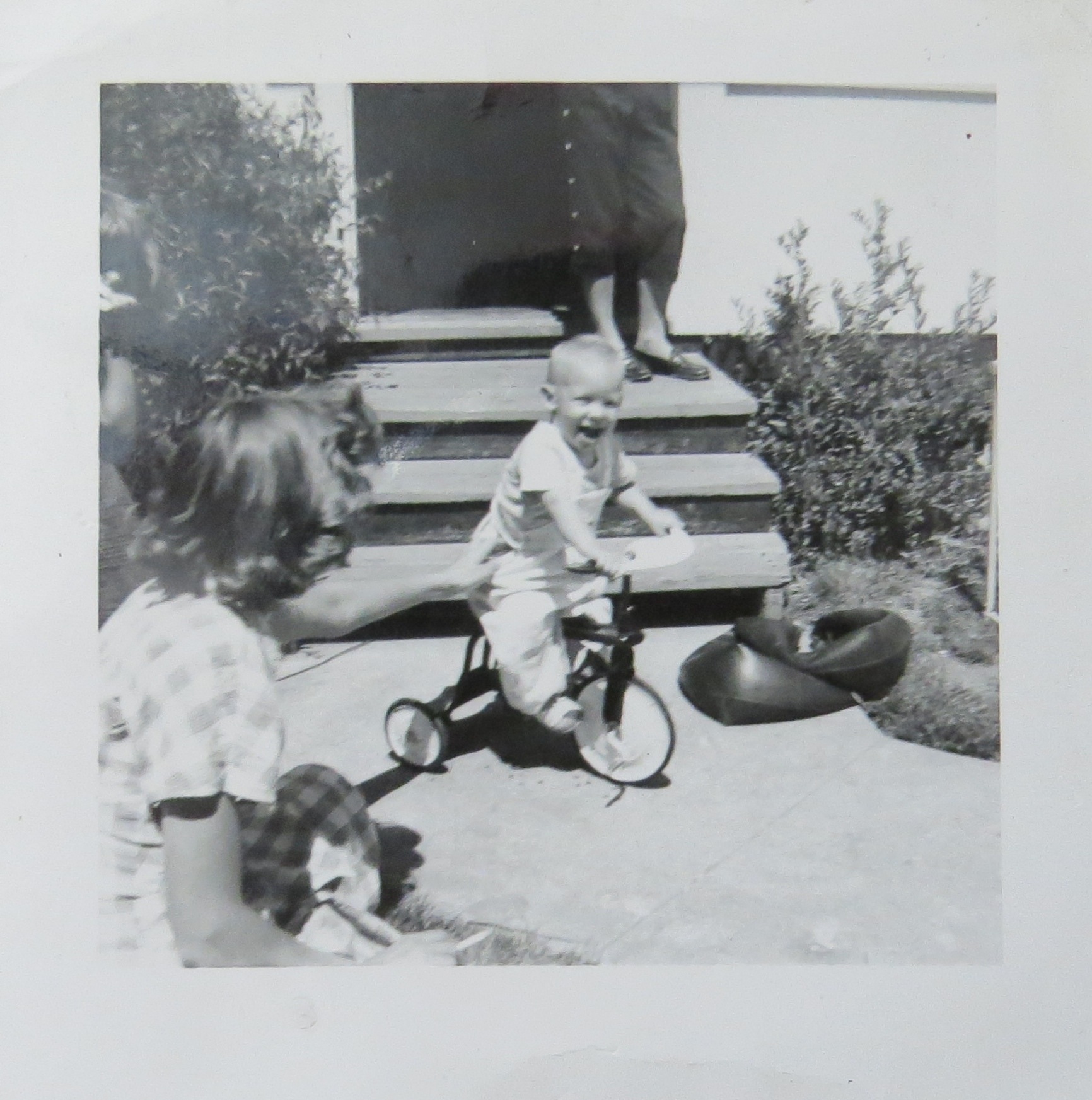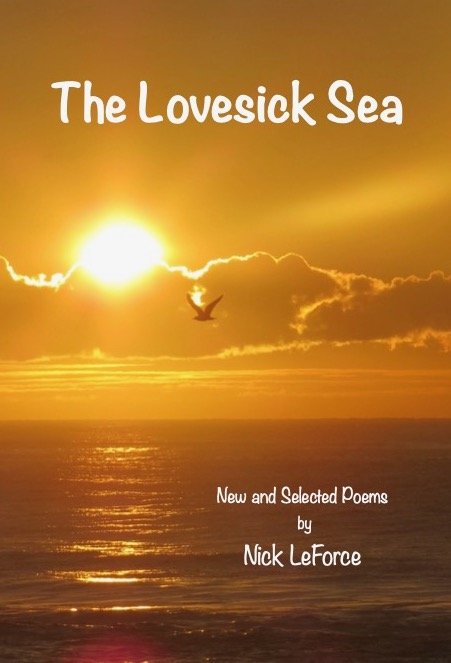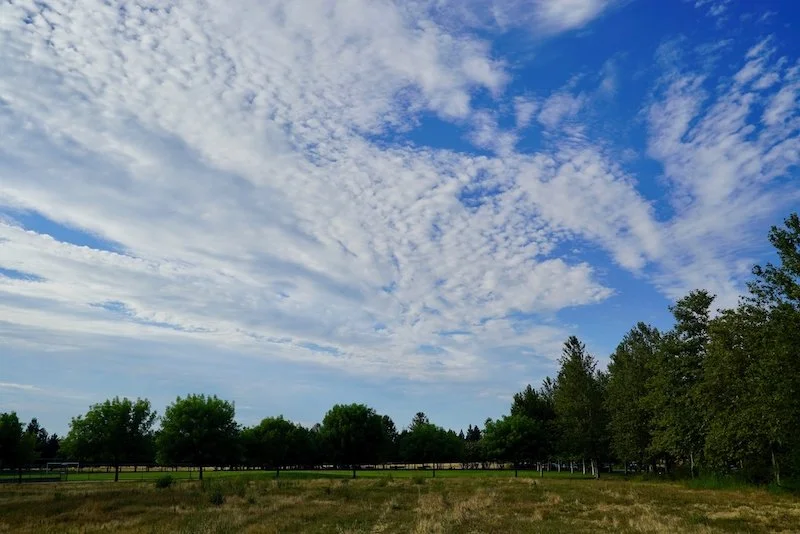Presence
/This is an excerpt from the introduction to "Presence," a section of my new book of poetry, Bearing Witness. Bearing witness is a process for transforming experience into wisdom. For me, poetry is one expression of that process. To learn more about the process, click here:
My Story
I was in the hospital more often than home for the first two years of my life. Plagued with unknown illnesses, the doctors considered a range of diagnoses and, at one point, they tried exploratory surgery in an attempt to identify the skin and muscle disease they had not seen before in infants. My mother considered it a badge of honor that my case was written up in a medical journal. When I was a little over a year old, the doctor said to my mother, “The boy either has polio or leukemia. Pray that it is polio.” The polio vaccine had just been developed and treatment for polio was more hopeful. My bout with polio was mild, but enough to cause significant scoliosis and a lifetime of physical struggles.
Illness seemed a constant companion as a child, a focus of my mother’s worries. Despite whatever pains I may have endured, I was a relatively happy child. I developed a rich fantasy life, and pretty much lived in a world of my own making. I was friendly enough, got along well with other kids, but was keenly aware of my physical inadequacies both from playmate jeers and poor performance at sports. I was always the one neither team wanted, the last picked for team sports, and I felt humiliated. I was skinny, awkward, and born with a spoon shaped sternum that was the subject of ridicule when I removed my tee shirt. My body was the object of scorn and I too became scornful toward it.
I was too afraid to fight and was the target of bullies, including a girl named Judy, who would beat me up regularly. I arrived home one day, bloody and beaten, and my mother demanded to know who had done this to me. But I refused to talk, humiliated that I was beaten up by a girl. I developed the strategy I later used in all schoolyard fights: passively accepting punches, which usually lasted a few strikes before the bully would give up or another boy in school would step in to fight. All this left a psychological scar, a deep shame about my body and a secret feeling that I belonged at the bottom of the social hierarchy. My solution was to detach from my body, live mostly in my head, and to retreat into my own imagined corner of life. It has taken a lot of practice to come home to myself, to learn to live in the world, to learn to move in an often painful body, and to be present to and in the moment.
Bearing Witness
Bearing witness may have come to be associated with courtroom drama, but it is, in fact, at the heart of all of our lives. I believe the term best describes how we turn our experience into wisdom and how we merge the inner world of perception with the outer world of conscious action.
- Presence
- Engagement
- Reflection
- Cultivation
- Expression
This article is about the first phase of the process: Presence
Being Present
We have two primary tools to help in being present. First is intention. We can set the intention to be present in the world and in our lives. Intention sets our purpose and brings unconscious resources to an act or desire. It is different than a goal, which specifies an outcome. Intention sets a direction for awareness. Intention bridges the inner and outer world by orienting ourselves toward what we intend while also inviting it to appear on its own. With intention, we extend ourselves into the world in a particular way and invite a slice of the world into ourselves.
The second tool is attention, We can direct and redirect our attention. Even under the best circumstances, most adults can sustain attention in the present for only short spans before being swept off by wandering thoughts and feelings. Like many other aspects of life, attending to the present is a practice, which requires constant repetition. Attention is more conscious than intention and includes our “noticing.” This means that attention can use our abstracted patterns in ways that support being present. For instance, we can use our internal dialogue to help presence by naming what we see, hear, or feel; by describing the world in sensory based terms, and by our meta-attention that allows us to notice when we have gone off into another world and returning our attention to the immediate moment.
Poetry and Presence
For me, poetry has been a great mentor for presence. As I modeled out how I write, I noticed that my writing almost always starts by returning to my body and anchoring myself in the present. This initially drops me into my senses and urges me to look and listen more carefully. I deepen this anchoring in the moment by describing what I see, hear, smell, taste, and touch, as best I can. This sensory description not only provides poetic content, it also restores me to my feelings and intuitions, which live in the body more than the mind.
Here’s how I use intention and attention to write: I set the general intention to live the poetry of life, to word the world in ways the bring me to life and life to me. I also set the specific intention to go on “poetry walks” or to set aside times to write. Then, I start by noticing the world around me, using my senses to see what I see, hear what I hear, and feel what I feel, in the moment. The first phase is simply noticing or witnessing.
For instance, I write this at my desk and begin to notice details about the desk. I could go on to describe the room, objects in the room, the quality of light and air, etc. This initial witnessing is a start point for a composition. But it remains merely observation, merely being present with life, with the moment, and with the world I inhabit, unless I choose to engage with what I observe. Engagement is the second phase of the process and I will discuss it in the next a future blog.
Are you a life artist? How do you craft the life you live?
The process of bearing witness can make you the artist of your own life.
© Nick LeForce
All Rights Reserved
Please share your thoughts and comments below.










